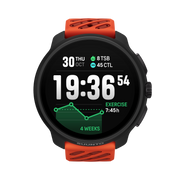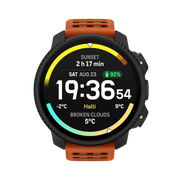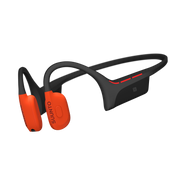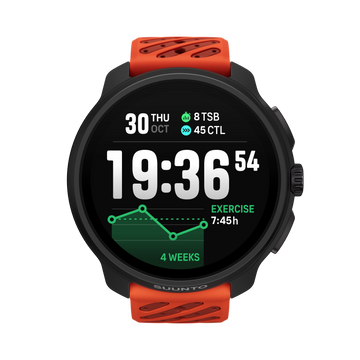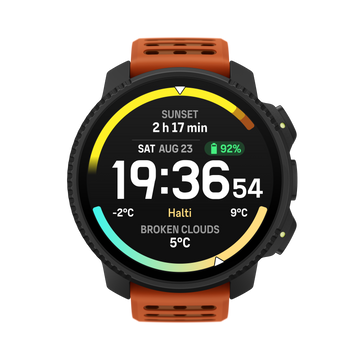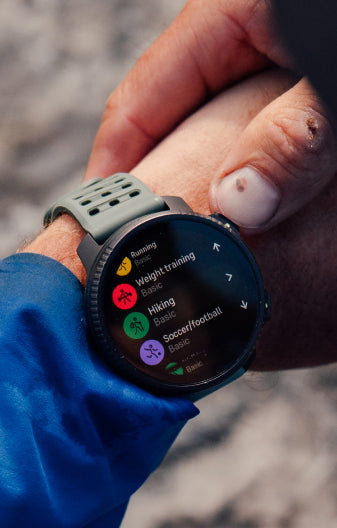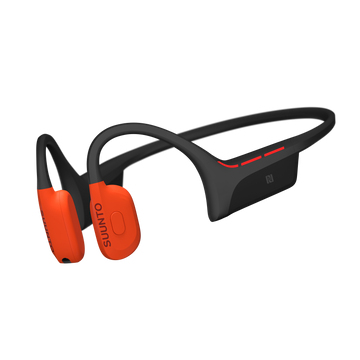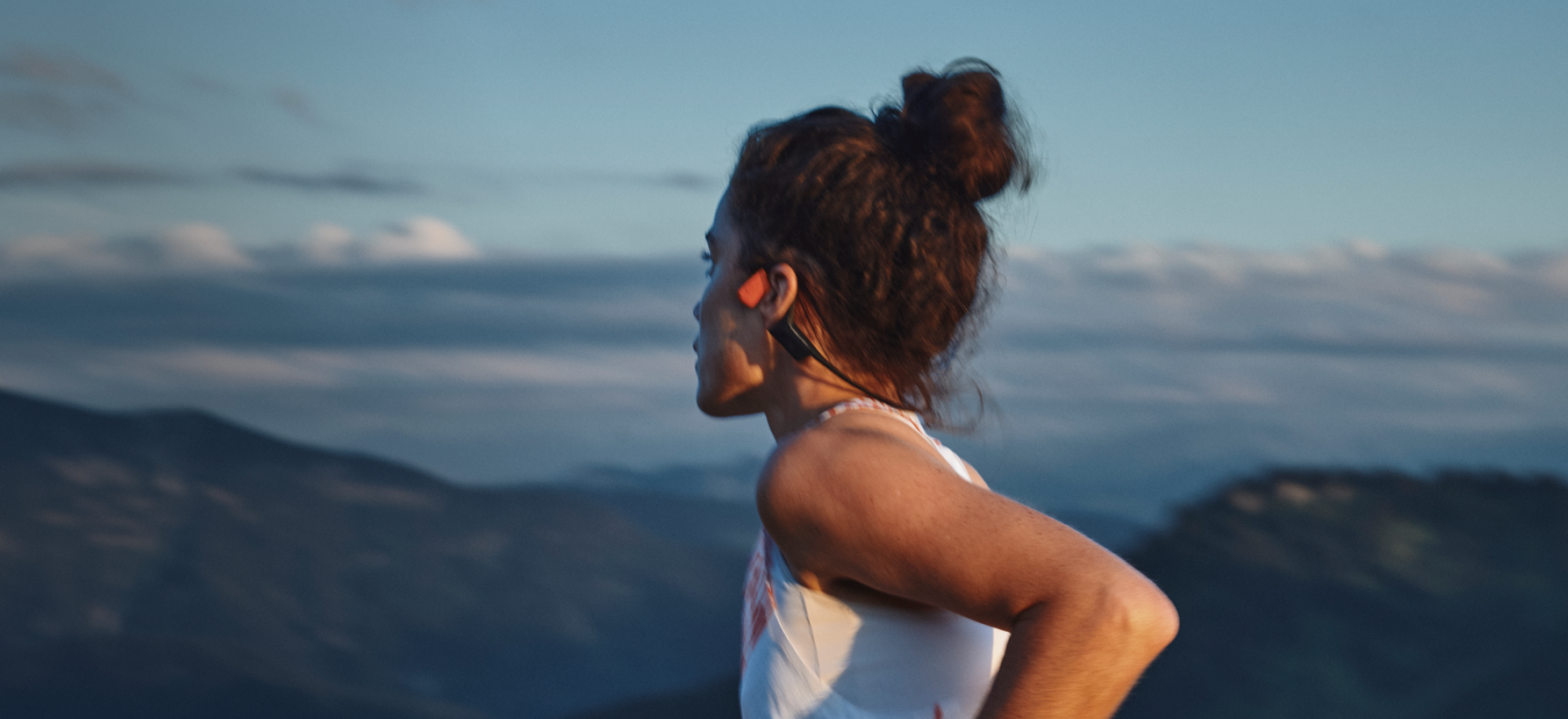

Suunto Blog

A WETSUIT WILL MAKE YOU FASTER
Wetsuits were invented to keep you warm – but they have another positive side effect: they make you faster, too. The buoyancy provided by the suit keeps you in a better swimming position – especially if the swim is your weak spot – and helps save your legs for battle in the cycling and running stages.
Swimmers with competition experience often worry the wetsuit will hinder their range of motion – but that’s a mistake. Tests with and without wetsuits have shown a time saving of five to ten seconds per hundred meters, with wetsuit. Simply put, a full-sleeve suit will help any swimmer go faster.
Like with any athletic gear, fit is important. A suit that’s too big is uncomfortable, slow and cold. Too small and it restricts movement and circulation, making your muscles work harder than they need to. But remember – it’s easier to choose a suit that is too big than one that is too small. Try before you buy, and, if you can, get a swim in. Some triathlon shops have a pool on site, and some teams have events where various suits can be tested.
High-quality wetsuits made specifically for triathlon or long-distance swimming are optimized for buoyancy, fit and range of motion, with different materials in different parts of the suit. A thinner, high-stretch material in arms, shoulders and underarms improves flexibility, while a thicker material in the torso and legs optimizes the swim position.
Top tip? Place your foot in a plastic bag before putting on; it will slide through easily without the risk of tearing the suit.
When choosing tri-ready rubber, don’t forget the transition (T1) after the swim. A zipper for quick and easy removal can shave valuable seconds (or more, if you’re clumsy) off your time! Many athletes also opt to cut a few cm off at the cuffs and ankles to make them easier to remove.
The last thing to remember about wetsuits for triathlons? You can’t always use them. In warm waters, many races don’t allow them (a definite plus for those who are strong swimmers). In the Ironman races, the temperature limit for wearing a suit is 24.5 degrees Celsius (76.1 degrees Fahrenheit) – but generally, temperature limits for wearing wetsuit differ based on the distance and race. So the biggest tip about suits? Make sure they’re allowed before you cross the start line!
Read also Conrad Stoltz’s open water swimming tips
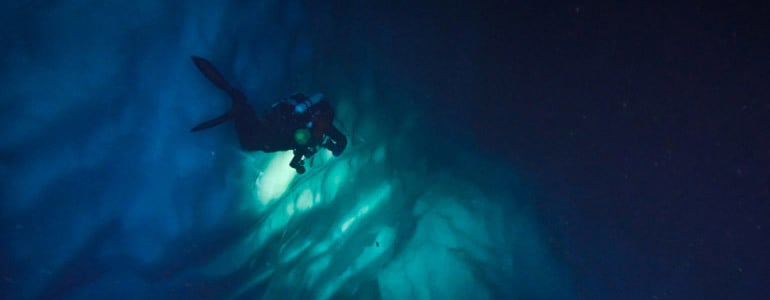
Summer arrives for the Under the Pole team
“Summer arrives, icebergs melt, mosquitoes are everywhere!” So begins the latest newsletter from the Under the Pole team. The expedition, which consists of explorers, scientists and divers, is journeying up the coast of Greenland in a bid to chart the west coast, both from above and below the waterline.
The team set off from France at the beginning of January on the 18m schooner WHY and spent the month of June moored in Ummannaq, which means 'heart shape' in Greenlandic.
All the team on (and in) the ice pack - © Lucas Santucci / Under The PoleThere the team carried out some decompression research. Says Ghislain Bardout: “We performed nine dives with similar profiles (80 m 1hr 30 immersion) which were 'listened' to afterwards via a Doppler device by Julien Hugo, scientist at BF Systèmes and specialist in measuring circulating bubbles concerning diving decompression. “The study is part of a scientific collaboration that aims to create a better understanding of decompression physiology in the arctic environment.”
Suunto dive computers take a rest in between research dives. © Lucas Santucci / Under The PoleAt the time of writing, the team were out of communication, en route to Upernavik and across the famous Melville Bay where they hoped to wait for the arrival of narwhals – tusked whales. The plan is then to head to Qaanaaq where they will over-winter. Main underwater photo: © Ghislain Bardout / Under The Pole
Check out the team's latest webclip here.

How to win races when you're over 40
Conrad Stoltz is the proof that you don't have to slow-up as you get older. In fact, the XTERRA athlete and former pro triathlete says he's just as fit as he was 20 years ago – and he's regularly beating guys half his age. What's his secret?
“I think it's part scientific training and part experience,” Conrad tells us. “At age 40 my power on the bike is as good, if not better than ever.”
He says this is partly due to the rigorous training program and partnership he has with his coach, Ian Rodger.
“He comes from a Sport Science background where he has done a lot of research and testing on athletes in the lab,” says Conrad. “He lives in Cape Town so we only see each other a handful of times a year but we spend hours and hours communicating via email, skype and text. All of the coaching gets done over the internet. After training I share my workout, and accompany it with a thorough description of how I felt before during and after the session. Ian analyses the data and fine-tunes my training for the next day. So every day is custom made for me.”
“It's very effective,” he adds. “Thanks to that I haven't had any stints of overtraining, under training, or unnecessary injury or sickness.”
It's all a far cry from when Conrad started out as an athlete. “Back then I wanted to train super hard every day, I wanted to race every weekend, and I wanted to win every race! It's simply impossible – I made every mistake in the book, and learned all the lessons first hand. Also, 26 years of triathlon racing – 22 as a pro – has given me a lot of experience and confidence to draw from.”

Emelie's favorite cookie recipe
When it comes to the best food for runners, nothing quite beats homemade treats, says Emelie Forsberg. “I love to bake,” says the Swedish trail running sensation. Here's her favorite cookie recipe. If it's good enough for her...
100 grams butter (I prefer butter when I´m in the north, just because I love the feeling of trying to eat what we can find here)
0.25 liter of flour (whatever you prefer, I use coconut and wheat)
0.2 liter of oats
2 spoons of raw sugar (take a little more or less, all depending what you think tastes good!)
100 grams of dark chocolate
0.5 dl hazelnuts
1 table spoon of baking soda
Warm the butter a little until it softens, not melts completely.
Chop the chocolate and the hazelnuts, stir everything together.
Put them in the oven for 15-17 minutes at 175° C.
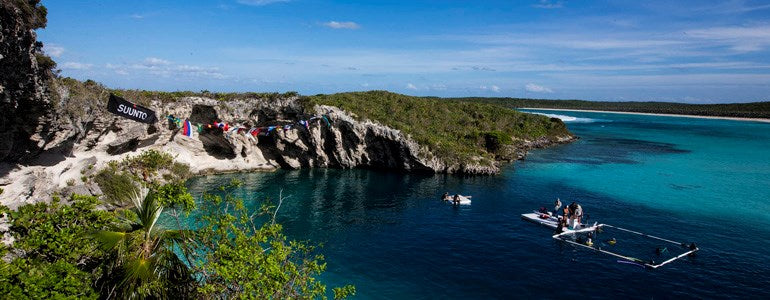
Dive into the world of a freediver
Will Trubridge has broken numerous freediving records but below, he reveals why he dives for the sense of exploration. Are you training for anything special? The fall is always the period of the year when I try and peak my training, so if everything has been going well over the summer then I will try to focus my efforts on one of the disciplines and see where I can get to. Is Molchanov's CWT record breakable? Every record is breakable! I worked hard on my CWT technique between 2012-2013, and I had an attempt in 2012 at the world record which failed by a whisker –forgetting to remove my nose clip on the surface. That dive was 125 m, and the record is now 128 m, so it is now an even bigger challenge, but not out of reach. My speciality has always been the no-fins discipline though, and it is also the one I enjoy the most. This year I'm concentrating more of my energy there.
Remind us why you freedive and what the sport means to you.I do it mostly for the sense of exploration and the challenge. By diving deeper than the human body has ever been we are redefining our limits as a species, and it is exciting to be on this frontier. I'm also the kind of person who needs to be challenged, mentally and physically, and freediving is a sport that supplies both.
Beyond both these answers, the sensation of merging with the water, and sinking deeper into a place where sounds, light, and all other stimuli are muted is an other-world experience that I am blessed to be able to enjoy.It must be tough having to train in all these locations like the Caribbean, Honduras...Tell me about it. I often long for a cold drizzle or snowfall... not! In fact I try not to forget that being able to combine a passion with a career and to be able to travel to all these magnificent places and dive in them is a dream. I'm grateful for every day and every second underwater.
It seems freedivers must lead very pure lives. Do you have any vices? I get so much fulfillment and nourishment from what I do that I really don't feel the need for anything more, especially something that comes at a price, like a vice does! However, could you call drinking hot sauce from the bottle a vice?Looking ahead, where do you think the sport is headed? Is it going to get more popular?Yes, I think it is. Some say our generation is living in an environmental and spiritual revolution, and freediving is a sport that ties in well with both those ideas. It simultaneously brings you back into touch with yourself and the environment in a way few other performance sports do. It is also the only truly aquatic (immersed) sport, so it offers an experience that is unparalleled in any other activity. A lot of people are discovering this, and finding a rewarding sport that leaves a light impression on our planet while drawing us closer to it and ourselves.Main image and portrait ©Samo Vidic. Underwater image ©Agustin Munoz
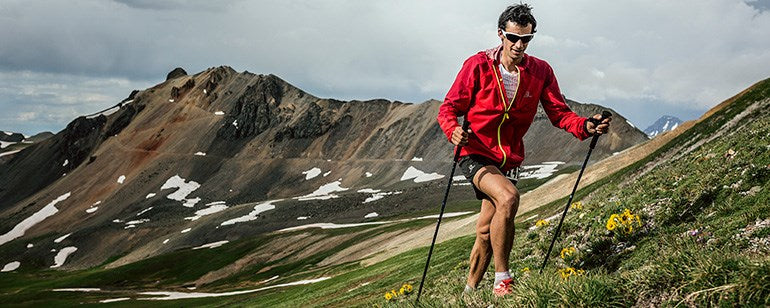
Another record falls to the king of speed
Keeping up with Kilian Jornet is a full time job for his fans this summer. Less than a month after ascending north America's highest mountain Denali in record time the trail-running, speed-ascending legend has smashed another record – this time the Hardrock 100 ultra run. It's one of the world's toughest ultras and the most famous in America. But help is at hand. Thanks to the new connected capabilities of the Ambit3, it's possible to relive and share Kilian's epic feat, in which he knocked 42 minutes off the previous record to finish in a time of 22h 41m. The video below reveals just how fast he was running.
The Hardrock, a 160km race with a total climb of 20,722m, holds legendary status for ultra runners the world over and had been on Kilian's tick list since he was a teenager. “I’m thrilled for this result, this was the last race left from the list I made when I was 16. I’m very satisfied both for the victory and the record, but also because I’ve had very good feeling from the begining. It has been almost a perfect race,” said Kilian after the race.“The path is very beautiful, both for the track and the landscapes,” he added. It’s one of this races that I wouldn’t let any single part left, it was great to run here. The lowest point of the race is at 3.000m so it’s a very technical race in high height, which makes it special. Without even hesitate, this is one of the nicest races I’ve ever done.”
Thought this was epic? Prepare to be amazed by Kilian's record ascent of Denali.
Photo: ©Jordi Saragossa
